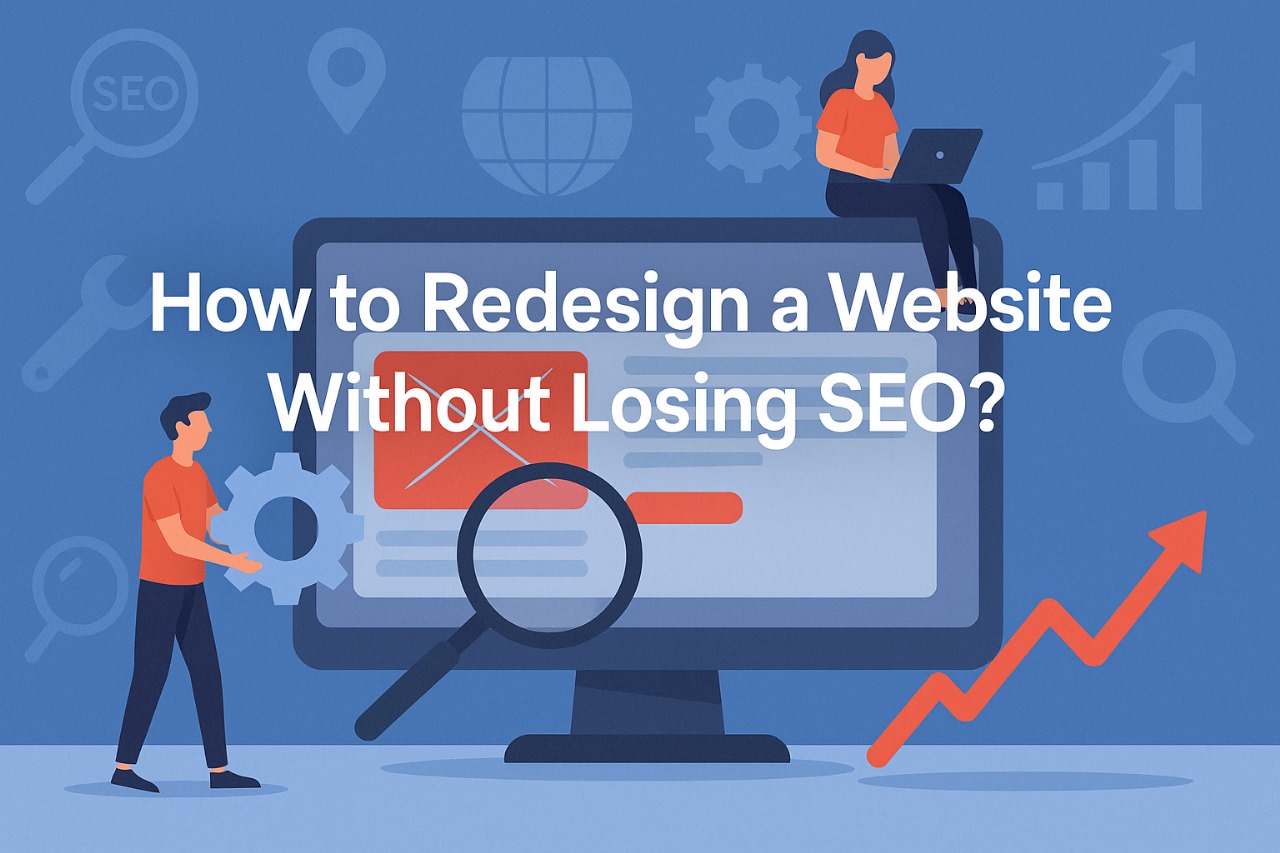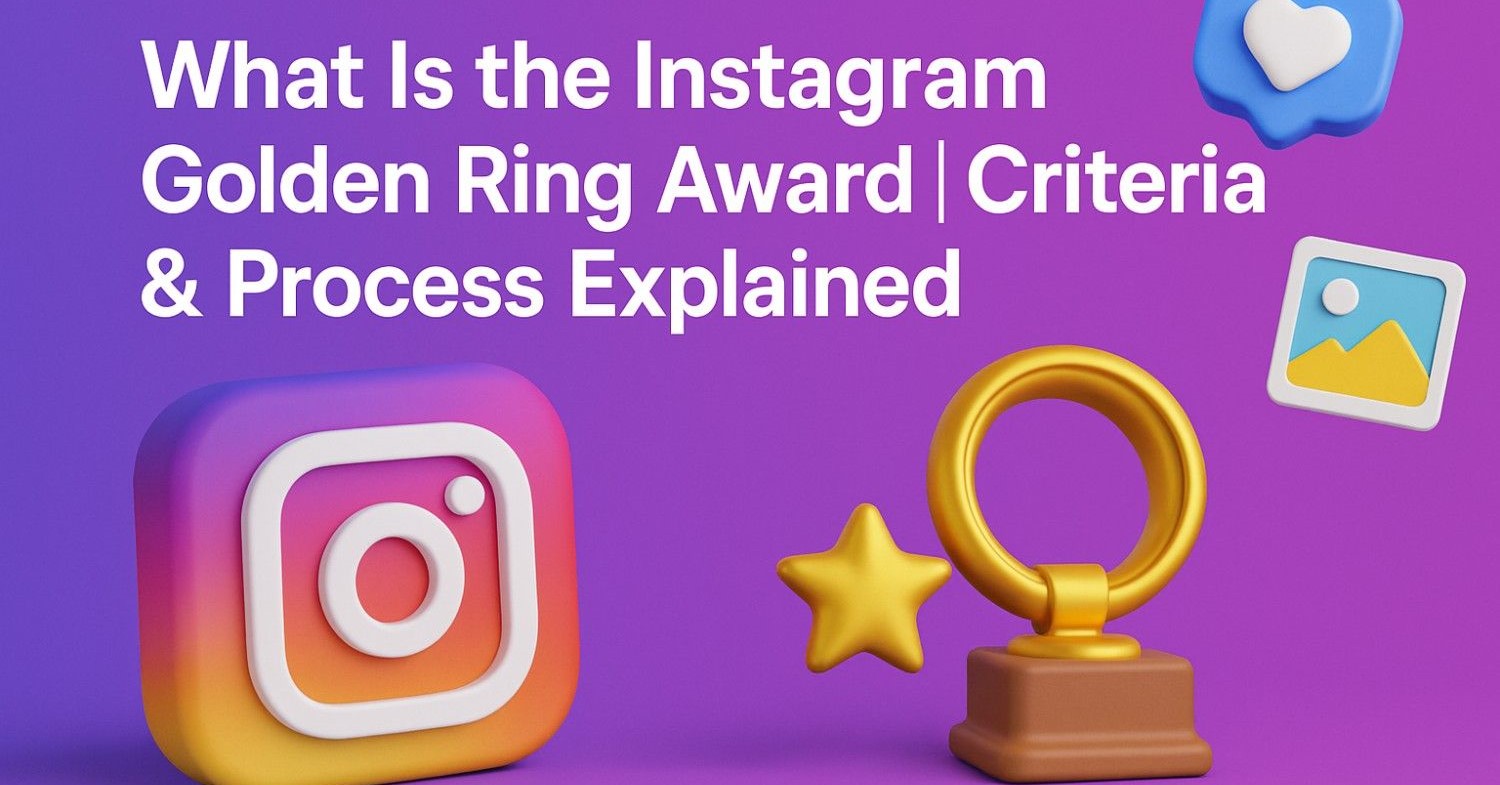
How to Redesign a Website Without Losing SEO?
A website redesign is often seen as
necessary. It can improve design, speed, and user experience. However, SEO may
be harmed if not handled carefully.
Important rankings can be lost during a
redesign. Search engines may get confused by changes. Traffic can drop if old
links are broken. These risks should be avoided by using the right steps.
SEO must be protected during the process.
Careful planning must be done in advance. Search engines should always be kept
in mind.
Follow these valuable important tips to
follow during a website redesign shared by the best website
designers in Delhi -
Perform a Full SEO Audit Before Redesigning Anything
An SEO audit should be done before the
redesign starts. Existing content and keywords must be carefully reviewed.
Important pages should be listed and marked clearly.
Traffic data should be studied using SEO
tools. Pages with high rankings must be protected. All backlinks should be
checked and recorded properly.
A clear picture of SEO strengths must be
created. This will help guide the redesign process safely. SEO elements should
not be removed by mistake.
Back Up the Current Website Completely
A full backup should be created before any
changes begin. All website files must be saved carefully. The database should
also be backed up securely.
Backups can be made using hosting tools or
plugins. A copy should be stored in a safe location. Both local and cloud
storage are recommended for safety.
If something goes wrong, the site can be
restored. Lost data can be recovered from the backup easily. This step protects
your content and design.
Map All Current URLs to the New Structure
Old URLs should be listed before the
redesign begins. These URLs must be compared with the new site structure. Every
change should be noted and tracked carefully.
A URL mapping plan must be created early.
This plan helps search engines find the correct pages. Broken links can be
avoided through proper redirection.
Important pages should not be removed or
forgotten. Each old URL must be redirected to a new one. Visitors should be
sent to the right place.
Use 301 Redirects for All Changed URLs
301 redirects should be used when URLs are
changed. These redirects tell search engines that pages have moved permanently.
Old links will point to the correct new pages.
Search engine rankings can be saved using
301 redirects. Users will also reach the right content without problems. A
smooth user experience can be maintained easily.
All old URLs must be matched with new ones.
A redirection map should be created and tested. Errors should be fixed before
the site goes live.
Keep the Same Content Whenever Possible
Important content should be kept during the
website redesigning.
High-ranking pages must not be deleted or changed much. Search engines rely on
this content for indexing.
Valuable keywords should be left in their
original places. Headings, paragraphs, and key phrases must be preserved. The
message of each page should stay the same.
Major changes can confuse both users and
search engines. SEO signals may be lost if content is removed. Traffic can drop
when content is not recognized.
Maintain Title Tags, Meta Descriptions, and Headers
Title tags should be kept the same during
redesign. These tags are used by search engines to understand pages. Meta
descriptions must also be preserved carefully.
Important keywords should remain in titles
and descriptions. Headers (H1, H2, etc.) must be reused as before. Clear
structure helps both users and search engines.
If tags are changed, rankings may be
affected quickly. SEO signals can be weakened by small mistakes. Traffic may
drop if search engines get confused.
Test the New Site on a Staging Server
The new website should be tested on a
staging server. This server is not seen by users or search engines. Errors can
be found without affecting the live site.
All pages should be checked for proper
layout and links. Forms, buttons, and menus must be tested carefully. Broken
links and missing content should be fixed early.
SEO elements should also be reviewed during
this test. Page titles, URLs, and metadata must be double-checked. Load speed
and mobile view should be tested too.
Ensure Mobile-Friendliness and Fast Load Speed
Mobile-friendliness must be checked before
the site goes live. Most users will visit the site using mobile devices. A
smooth mobile experience should be provided at all times.
Responsive design should be used across all
pages. Text, images, and buttons must adjust to screen size. Navigation should
be easy on smaller screens.
Fast load speed must also be ensured during
redesign. Large files should be compressed to reduce loading time. Unused code
and scripts must be removed completely.
Search engines prefer sites that load
quickly on all devices. Better speed and mobile design improve SEO rankings
easily.
Resubmit the Sitemap After the New Site Launches
A new sitemap should be created after the
redesign. This sitemap must include all updated and working URLs. It helps
search engines understand the new site structure.
The sitemap should be submitted through
Google Search Console. Other search engines can also be updated using their
tools. This step speeds up the indexing process.
Old and broken links must be removed from
the sitemap. Only valid and important pages should be listed clearly. A clean
sitemap helps avoid crawling errors.
Monitor Traffic and Rankings Closely After Launch
Website traffic should be monitored right
after the launch by professional
SEO experts. Changes in traffic can show if issues have occurred. Google Analytics
can be used to track visits daily.
Search rankings must also be checked during
this time. Drops in position should be noticed and investigated quickly. Tools
like Google
Search Console can help with this.
Pages that lose traffic should be reviewed carefully. Errors in redirects or content may be the cause. Fixes must be applied as soon as possible.
FAQ
Why should an SEO audit be done before redesigning?
An audit helps identify and protect
existing SEO strengths.
Is it important to back up my website first?
Yes, a full backup prevents data loss
during the redesign.
What is URL mapping and why is it needed?
It connects old URLs to new ones to avoid
broken links.
Why use 301 redirects after changing URLs?
301 redirects pass SEO value to the new
page locations.
Should old content be reused in the redesign?
Yes, keeping content helps maintain search
engine rankings.
Do title tags and meta descriptions need updating?
They should be preserved to keep strong SEO
signals.
What is the purpose of a staging server?
It allows testing without affecting the
live website.
How does mobile-friendliness affect SEO?
Search engines favor sites that work well
on mobile.
When should the sitemap be resubmitted?
It should be submitted right after the new
site launches.
How long should traffic and rankings be monitored?
They should be monitored closely for several weeks aft






